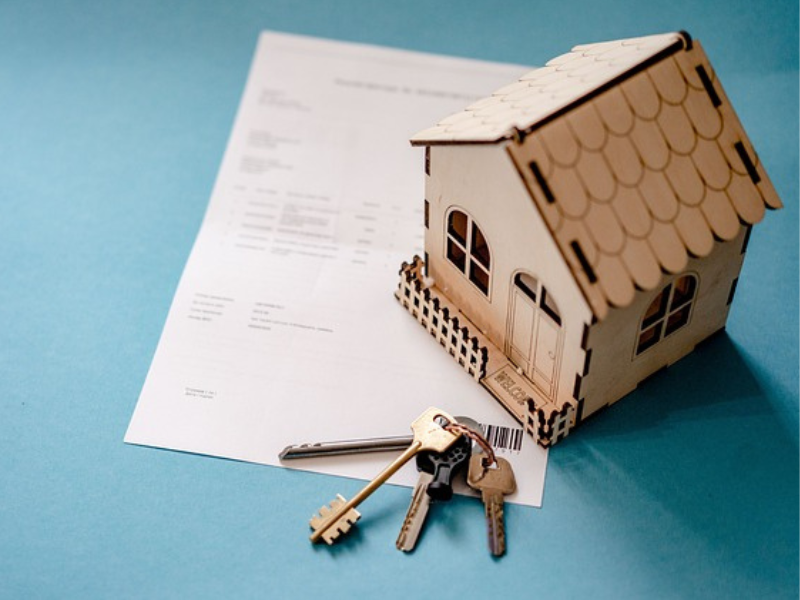Introduction
In the country, builders & developers are struggling with huge unsold inventories. What is unsold inventory in real estate? How many real estate units are still unsold despite increasing demand in residential & commercial sectors? Let’s know about the subject.

Table of Contents
- Balance Between Demand and Supply
- Increased Focus on Luxury Housing
- Decline in Property Transactions
- Location and Infrastructure
- Legal and Regulatory Delays
Unsold inventory in real estate is the number of properties that have been built. But they have not yet been bought by buyers. It serves as a key indicator of the health of the real estate market. Provides insights into supply-demand dynamics. Let’s examine the reasons behind unsold real estate units and explore strategies to reduce their impact.
Balance Between Demand and Supply
One of the main reasons for unsold inventory is the imbalance between demand and supply of housing units. Developers sometimes overestimate demand, resulting in excess inventory. When the number of available properties exceeds the actual demand, it leads to unsold units.
Increased Focus on Luxury Housing
The high emphasis on luxury housing projects is another contributing factor. Developers often prioritize high-end properties, ignoring the demand for affordable or mid-range housing. Luxury projects may attract a niche market, but they may leave a significant number of other units unsold.
Overpriced properties can deter potential buyers. Reasonable pricing of units is required based on market trends and affordability. Unsold inventory is not available to most buyers.
Decline in Property Transactions
An economic downturn, such as a recession or pandemic-induced slowdown, can affect buyer sentiment. During such periods, potential buyers become wary, leading to a decline in property transactions. Events like demonetization and COVID-19 have historically affected the real estate market, resulting in unsold inventory.
Location and Infrastructure
At the very least, properties are unsold in locations that are not popular or where proper infrastructure, connectivity, amenities, and schools are not available. Buyers prioritize convenience and accessibility. Properties that fail to meet these criteria face challenges.
Developers need to align their offerings with market demand. If more buyers want smaller apartments, building larger units may lead to unsold inventory. It is important to understand the preferences of buyers and adapt project designs accordingly.
Legal and Regulatory Delays
Legal disputes, delays in obtaining approvals, or regulatory hurdles can stall projects. Unsold units accumulate during this delay. Streamlining legal processes and adhering to timelines can reduce this problem.
Effective marketing and sales efforts are critical. Developers need to target the right buyers and promote features strategically. Failure to educate about available units is an unsold inventory.
Conclusion
Addressing the causes of unsold inventory requires a comprehensive approach that includes market research, strategic planning, and optimization. Developers, buyers, and policymakers must collaborate to maintain a healthy real estate ecosystem. It is important to know what kind of amenities buyers like. For more solutions, visit Openplot.
Also read: Hyderabad Real Estate Market: Demand in Sales of Villas, Residential Homes